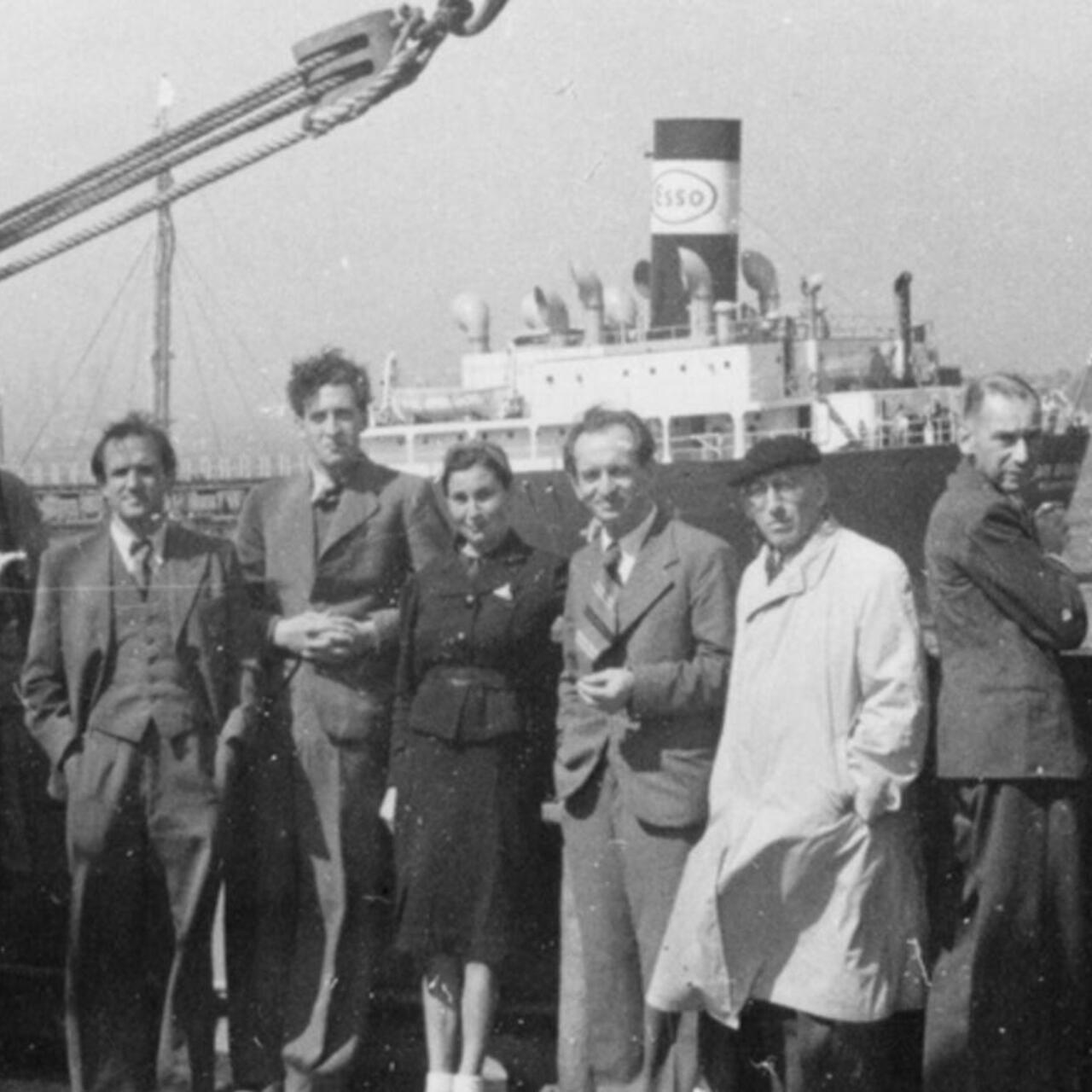
Varian Fry’s Holocaust rescue network and the origins of the IRC
In 1940 young journalist Varian Fry led a daring mission to help Jewish refugees and some of the Nazi’s most-wanted escape the Holocaust.

In 1940 young journalist Varian Fry led a daring mission to help Jewish refugees and some of the Nazi’s most-wanted escape the Holocaust.
Back in 1933, Albert Einstein helped found the organisation that became the International Rescue Committee, with the aim of helping people flee Nazi persecution. Later, during World War II, American journalist Varian Fry was instrumental in making an ambitious rescue operation happen.
How much do you know about the origins of the IRC?
In January 1933 Hitler rose to power as chancellor of Germany, and the Nazi takeover of the country was underway. The National Socialists banned opposing political parties and Germany’s labour unions, suspended civil liberties, and launched the purging of Jews, political opponents and other “undesirables” from the government and universities.
Not long after, in July, German-born physicist Albert Einstein and 51 other prominent American intellectuals, artists, clergy, and political leaders came together to form a committee, which they named the International Relief Association (IRA). Their objectives: to save anti-Nazi leaders targeted by the Gestapo, and guide those in imminent danger to safety in free countries.
Among the group was the philosopher John Dewey, the writer John Dos Passos, and the theologian Reinhold Niebuhr. Other prominent citizens, including Eleanor Roosevelt, soon joined the effort.
Einstein arrived in America on 17 October 1933, among the thousands of Jews fleeing persecution. The IRA established offices at 11 West 42nd Street, opposite Bryant Park and not far from the International Rescue Committee's current headquarters location.
Over the next few years, the committee’s mission expanded as Hitler’s forces continued to seize control of Europe.
In June 1940, Paris fell to invading Nazi forces, creating a massive exodus of refugees to the south of France.
On 4 August, a young editor named Varian Fry boarded a transatlantic flight from New York to German-occupied France to lead a daring rescue operation.
Fry had been sent on his mission by a new American group, the Emergency Rescue Committee (ERC). The goal: to rescue Europe’s celebrated artists, writers, and intellectuals who had fled to the country, many of whom were on the Nazis’ most wanted list.
Varian Fry led an incredibly complex and dangerous operation to rescue thousands of people from Nazi-controlled France at the height of World War II.
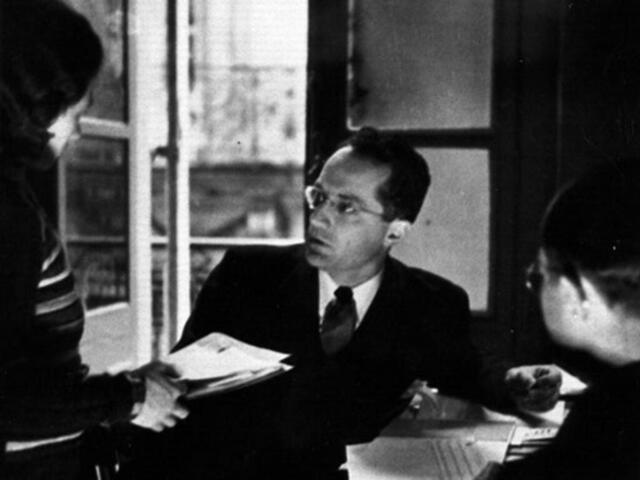
Fry arrived in Marseilles with $3,000 strapped to one leg and a list of 200 artists thought to be in particular danger. He quickly recognised that the number was much higher. At this time, there were no refugee programmes or aid agencies to ensure the safety of refugees.
Over the next 13 months, Fry and a small team of German refugees, American expatriates and French helped at least 1,500 refugees escape from France to Spain and provided aid to more than 2,000 others. Among those spirited out of France were the artists Marc Chagall and Max Ernst, the philosopher Hannah Arendt, and Nobel Prize-winning medical researcher Otto Meyerhof.
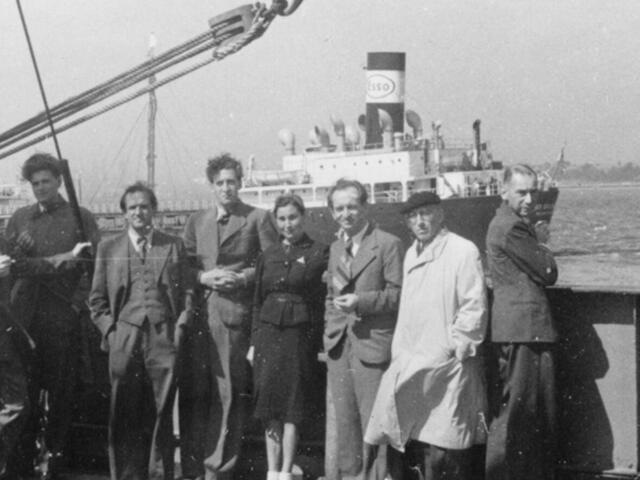
As Justus Rosenberg, the youngest member of Fry’s team, recalled:
“I was running errands…but no ordinary errands. Errands to run with false papers, money, various documents to try to get the refugees who were trying to get somewhere out of occupied Germany.”
The collaborationist Vichy French government learned of Fry’s efforts and expelled him in August 1941, “for helping Jews and anti-Nazis.” Fry went on to spend six months in Lisbon working on new refugee escape routes.
In 1942, Vichy officials closed the ERC office, forcing remaining staff in France to go underground. Many of them joined the French resistance movement and saved hundreds of other refugees.
Back in New York, Fry loudly, but in the end futilely, tried to alert the world to what would come to be known as the Holocaust.
“There are things so horrible that decent men and women find them impossible to believe."
“There are things so horrible that decent men and women find them impossible to believe,” Fry wrote in The New Republic in December 1942. Of the Nazis, he warned,
“Their ends are the enslavement and annihilation of the Jews . . . [and] after them, of all the non-German peoples of Europe, and if possible, the entire world.”
In late 1944, following major allied victories in Europe, the IRA opened offices in refugee-crowded Paris as well as Ankara, which had been a wartime haven for many anti-Nazis. A devastated continent lay between France and Turkey, with millions of uprooted people on the move: refugees, prisoners of war, forced labourers and concentration camp survivors.
In order to provide the most effective assistance for them, the IRA and ERC joined forces to become the International Rescue Committee, serving refugees of all religions, races and nationalities.
Esteemed Russian-French artist Marc Chagall was one of the many people Fry’s network assisted to escape occupied France. Art critic Robert Hughes referred to him as "the quintessential Jewish artist of the twentieth century".
He is most famously known for his large-scale paintings, including part of the ceiling of the Paris Opéra. Chagall also produced stained-glass windows for the cathedrals of Reims and Metz as well as the Fraumünster in Zürich, the United Nations, the Art Institute of Chicago and the Jerusalem Windows in Israel.
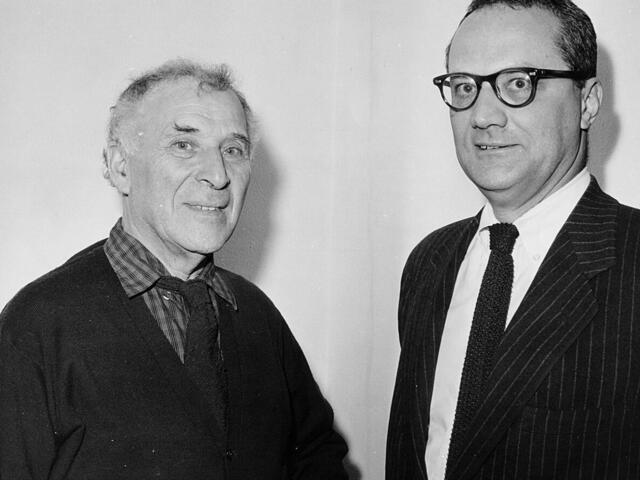
In 1960, long-term IRC supporters, the Rockefeller family, inspired by Chagall’s stunning work and powerful personal story, commissioned him to create a stained-glass window at the Union Church of Pocantico Hills, New York.
The installation would serve as a memorial following the death of philanthropist John. D. Rockefeller Jr, who built the chapel. Chagall ended up creating not one, but nine breathtaking windows that adorn the unassuming country church.
Chagall also created a print for the IRC's "Flight Portfolio" containing works by renowned refugee artists and friends. The prints were sold to raise funds for the IRC.
For Varian Fry, it was many years before he received much-deserved recognition. Five months before his death in 1967, France awarded him the French Legion of Honor. In 1996, Israel honoured him posthumously, when he became the first American to receive its “Righteous Among Nations” medal.
In addition, on June 26, 2005, a large crowd of local residents and dignitaries in the town of Ridgewood, N.J., where Fry grew up, gathered to name a street after him.
Varian Fry’s guiding conviction, that every life has dignity and is worth saving, remains the foundation of the IRC.
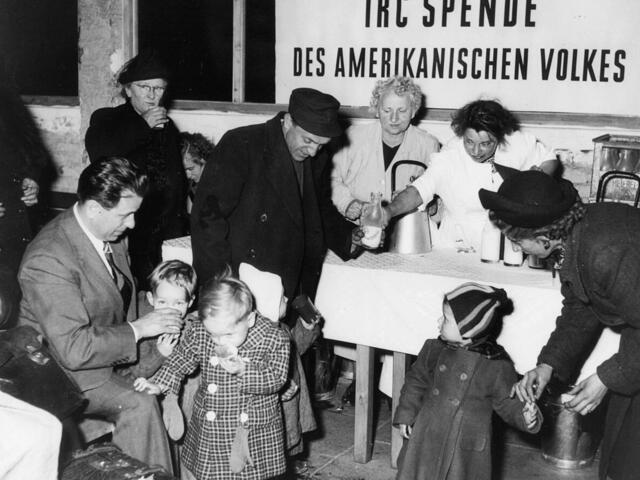
Read more: How the Emergency Rescue Committee became the IRC.
Refugee families are fighting every day to survive, recover and rebuild their lives. Your continued support will help provide food, medical care and emergency supplies to children and families in conflict-affected countries like Ukraine, Syria, Yemen and Ethiopia.
Make a donation today to support the IRC's work in more than 40 countries worldwide.